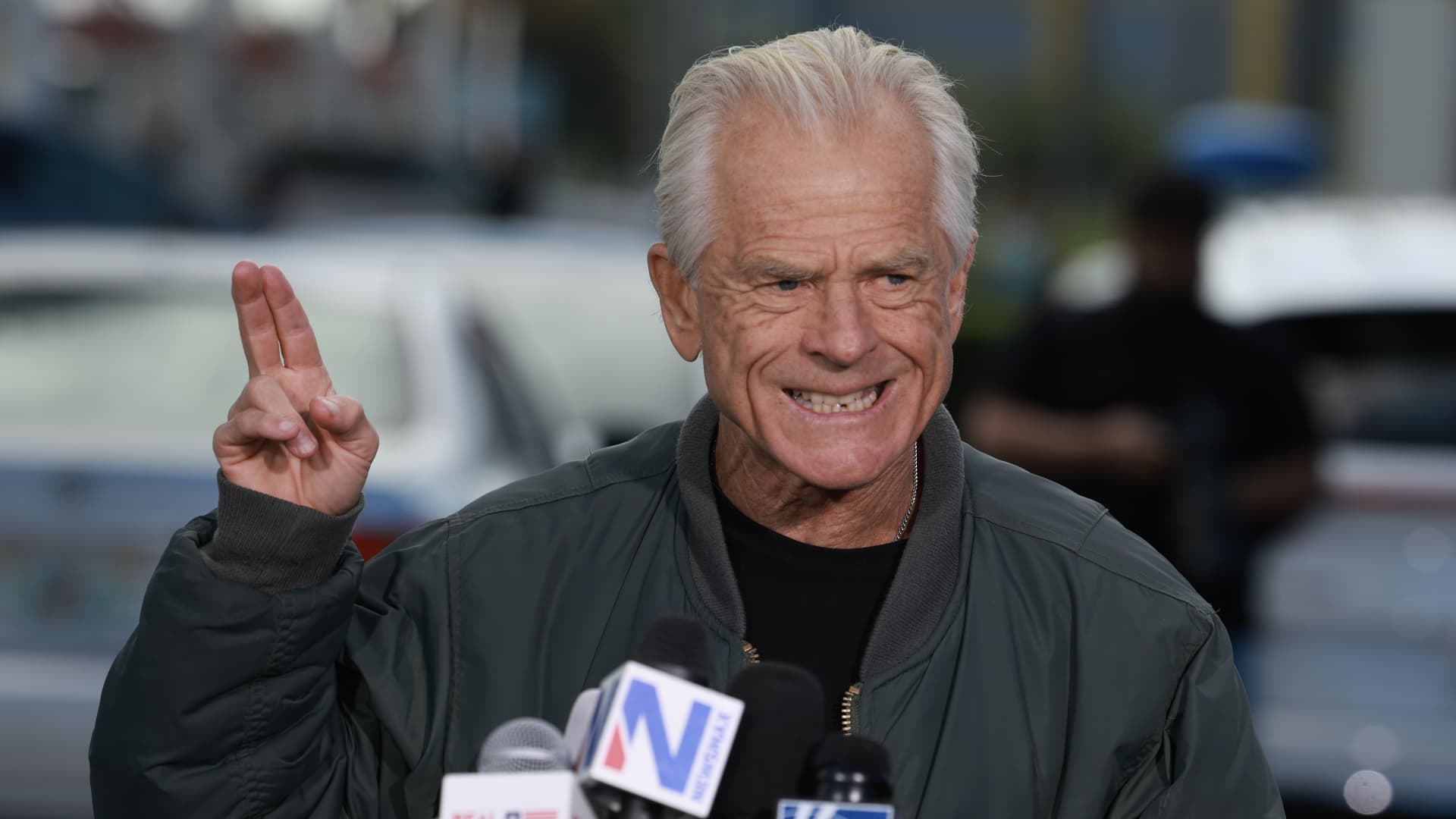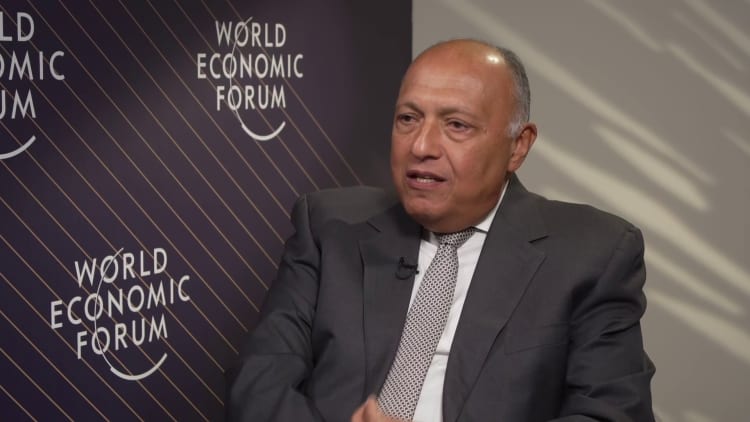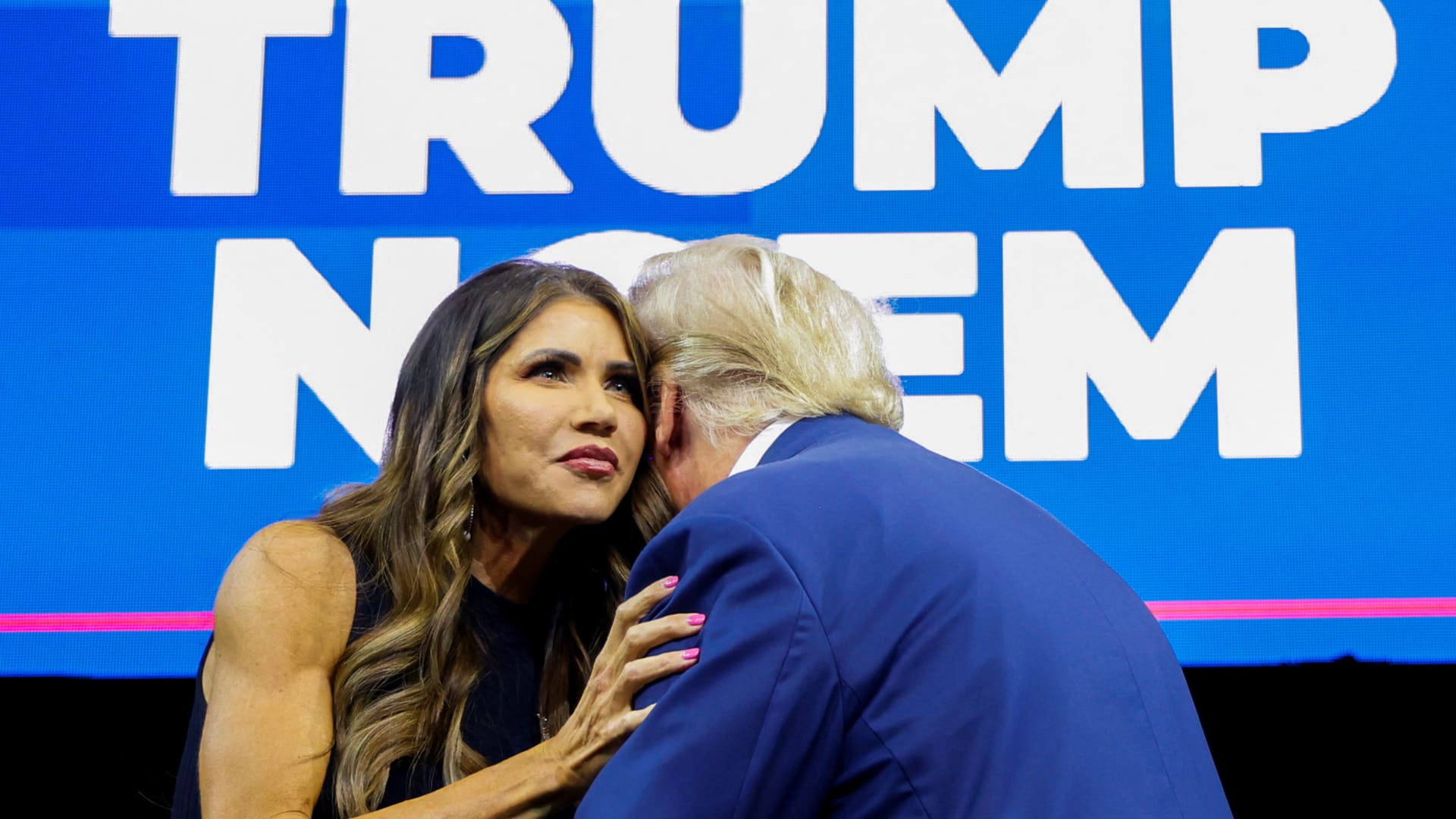Former US President Donald Trump speaks after attending a memorial service for New York City Police Department (NYPD) officer Jonathan Diller, who was killed during a routine traffic stop in the Far Rockaway neighborhood of Queens in Massapequa Park on March 25 , New York, USA, March 28, 2024.
Shannon Stapleton | Reuters
According to Richard Koo, chief economist at Nomura Research Institute, decades of trade deficits and a strong dollar have created too many “losers” in the US economy that turned to Donald Trump’s protectionist policies – and these conditions remain.
Trump’s “America First” economic policies led his administration to impose a series of trade tariffs against China, Mexico, the European Union and other countries, including imposing 25% tariffs on imported steel and aluminum.
As the Republican candidate for the 2024 presidential election, Trump has proposed a base tariff of 10% on all US imports and a minimum levy of 60% on imported Chinese products.
These measures have drawn widespread criticism from economists, who argue that tariffs are counterproductive because they make imported goods more expensive for average Americans.
Speaking to CNBC’s Steve Sedgwick on the sidelines of the Ambrosetti Forum on Friday, Koo said protectionism is a “terrible thing” but Trump’s approach has “some economic logic.”
“When we studied economics and free trade in particular, we were taught that free trade always creates both winners and losers in the same economy, but the gain made by the winners is always greater than the loss made by the losers, according to the Die Society as a whole always benefits. That’s why free trade is good,” he noted.
However, Koo argued that this is based on the assumption that trade flows are balanced or in surplus, while the US has run huge deficits for forty years, which have increased the number of “losers”.
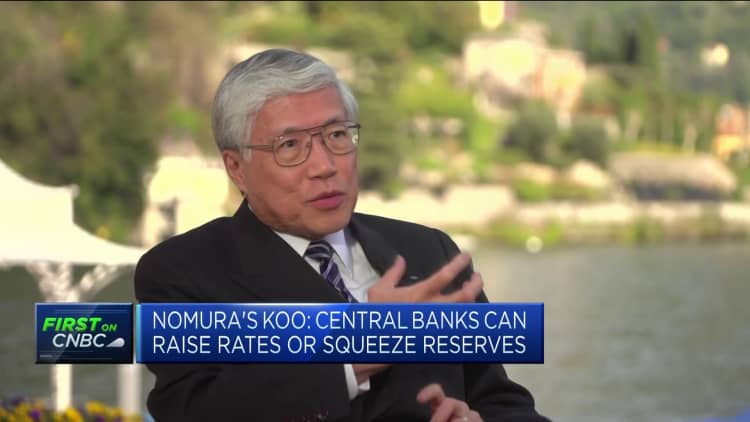
“In 2016, the number of people who see themselves as losers from free trade was large enough to elect Trump president, and so we really have to go back and ask ourselves: What did we do wrong to put so many people in the “To allow the United States to see itself as the loser of free trade?” he said.
For Koo, the main issue was the exchange rate, as the strength of the U.S. dollar incentivized foreign imports and hurt U.S. companies that exported around the world.
“We let the exchange rate be determined to a certain extent by the so-called market forces, speculators, my customers, Wall Street types, but the exchange rate has to be set in such a way that the number of losers does not increase to the point where the number of losers increases.” The Free trade itself is being lost,” Koo said.
He pointed to a similar pivotal moment in 1985, when President Ronald Reagan faced the same problem of a strong dollar and rising protectionism. At that time, Reagan responded by facilitating the Plaza Accords with France, West Germany, Japan, and the United Kingdom to devalue the U.S. dollar against those countries’ respective currencies through intervention in the foreign exchange market.
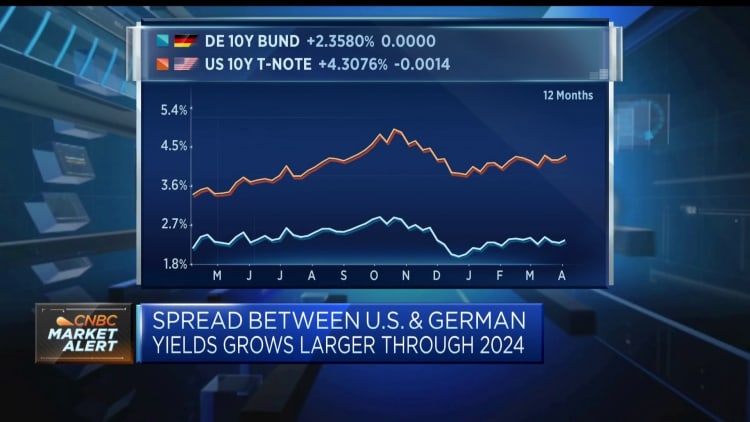
“We should have done something like that more consciously. Instead of letting it happen.” [the] Dollars to go wherever the market goes [it]“And then these people who are not doing as well as us in the financial markets end up having to suffer and end up voting for Mr. Trump,” Koo added.
He argued that economists need to move beyond the idea that the trade deficit is simply due to “too much investment” and “too little saving” in the United States, since this means that the only way to reduce the deficit is to reduce the deficit remain until domestic demand declines so that US companies can export more goods, which would not be possible in a democracy.
Koo again referred to previous deals with Japan and suggested that American companies fighting Japanese companies in the 1970s and 1970s had made huge profits because of the surplus, arguing that foreign companies only stepped in where U.S -Companies cannot meet domestic demand.
“But that didn’t really happen. The opposite happened. So many of them went bankrupt, so many of the losers of free trade remained on the streets because it was not about savings and investments, but about the issue of the exchange rate,” he said.
“The dollar should have been much weaker, and Reagan understood that that was why he took this action.”
President Joe Biden’s administration has also broken away from Washington’s decades-long focus on free trade agreements, keeping in place all measures taken under the Trump administration.
However, rather than focusing on imposing new tariffs, Biden has instead relied heavily on industrial policies such as the CHIPS and Science Act and the Inflation Reduction Act to bring manufacturers back to the United States, particularly in fast-growing sectors such as semiconductors and Electrical industry vehicles.
Source link
2024-04-05 09:54:05
www.cnbc.com

